5 Things You Need to Know About Cupid
Cupid is the ancient Roman god of love and the counterpart to the Greek god Eros. It’s him who inspires us to fall in love, write love songs...
Valeria Kumekina 14 June 2024
10 July 2023 min Read
When French artist Édouard Manet completed his renowned painting Olympia in 1863, it marked a significant turning point in the history of art. Manet’s innovative technique and fresh perspective revolutionized the art world. While the concept of a reclining nude had been explored before by artists like Titian and Goya in various styles, Manet’s interpretation offered something distinct and compelling. His portrayal of the reclining nude conveyed a unique artistic voice, inspiring generations of artists that followed.
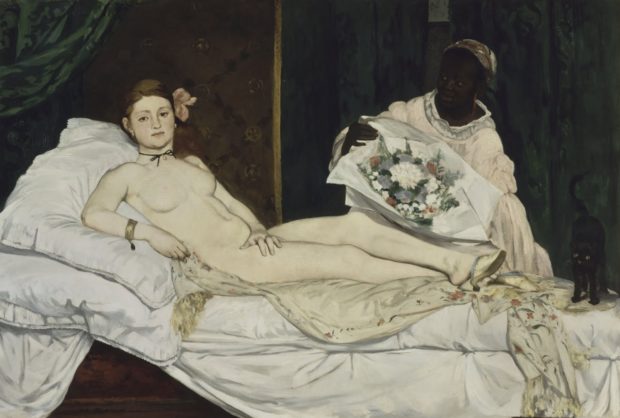
Manet and his traditional subject matter affected the generation after him because he combined a common subject with an innovative technique that allowed him to paint at once. It was meant to capture the moment almost like a photograph. Moreover, he bare-striped the painting from the decorum by replacing the goddess of love with quite a famous courtesan. That was unbearable for the Academy since it broke the most significant rule and made its members confront their own hypocrisy since they were frequent Olimpia’s customers.
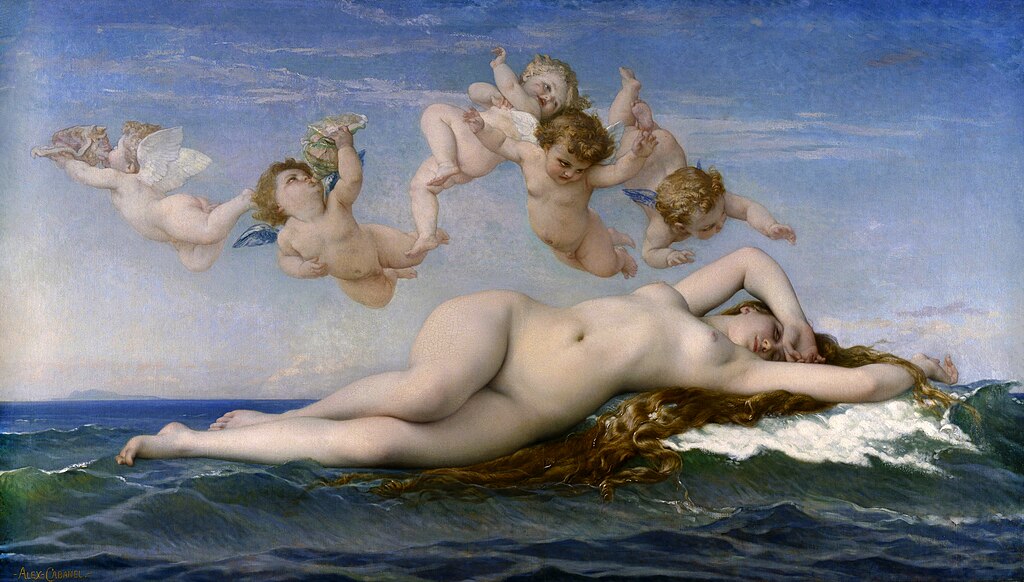
For example, Titian’s Venus of Urbino is a classical Renaissance painting that tries to depict the subject matter as a part of nature and gives the audience the impression of reality with three dimensions. Olympia, on the other hand, does not aspire to be perceived as three-dimensional. Manet instead emphasized flat surfaces and used a heavy brushwork technique, which opposed the smooth brushstrokes in traditional, academic paintings.
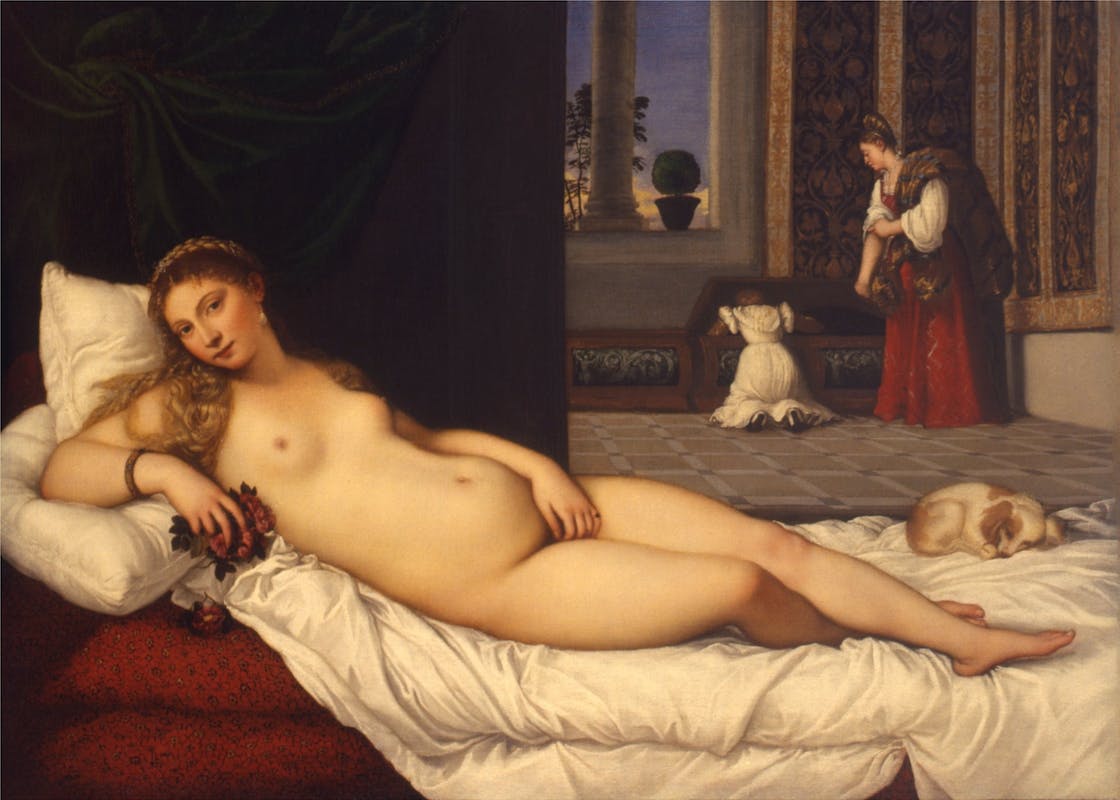
It’s not only Manet who changed the traditional artistic approach before him but he also bring a fresh look to the Academy in terms of the subject matter and the context of the painting. Before Olympia, the academic approach to reclining nude is to create a subject matter either from a goddess, odalisque, or a beautiful woman. When Olympia was exhibited in Paris Salon it was the most criticized painting because of the subject matter. The successful paintings were the ones with mythological topics like the Birth of Venus (1863) or orientalist approaches similar to Odalisque with a Slave (1842).
Different approaches in art were practiced after Olympia to break cultural and technical issues similar to Venus of Urbino. Here are some of the different representations of the reclining nude concept in art history:
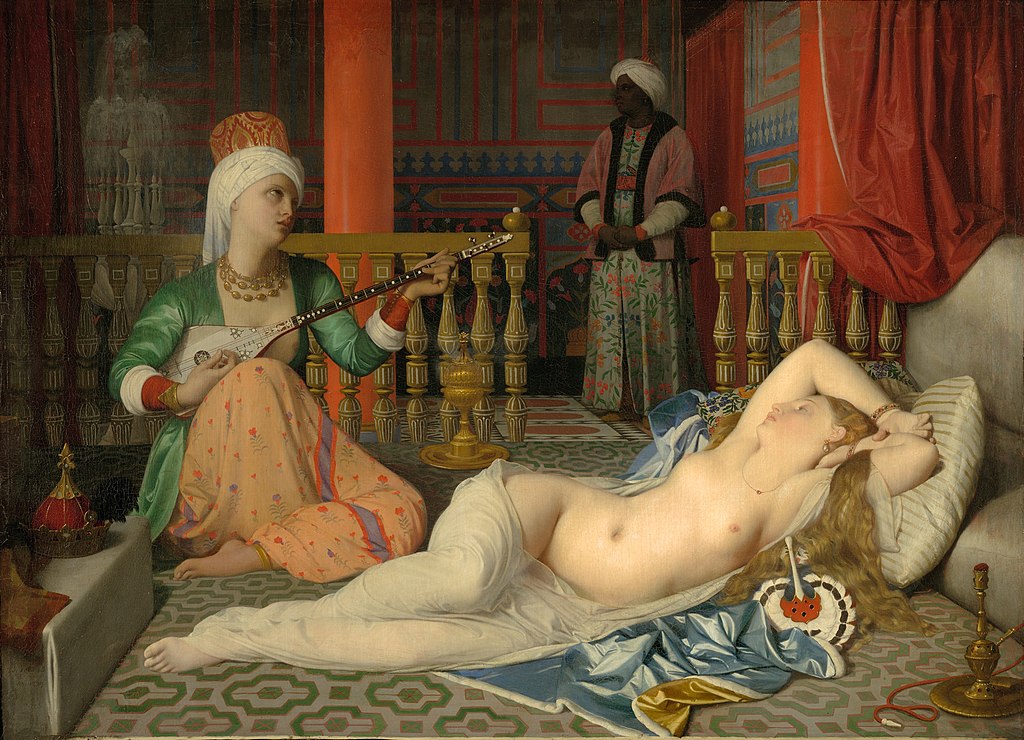
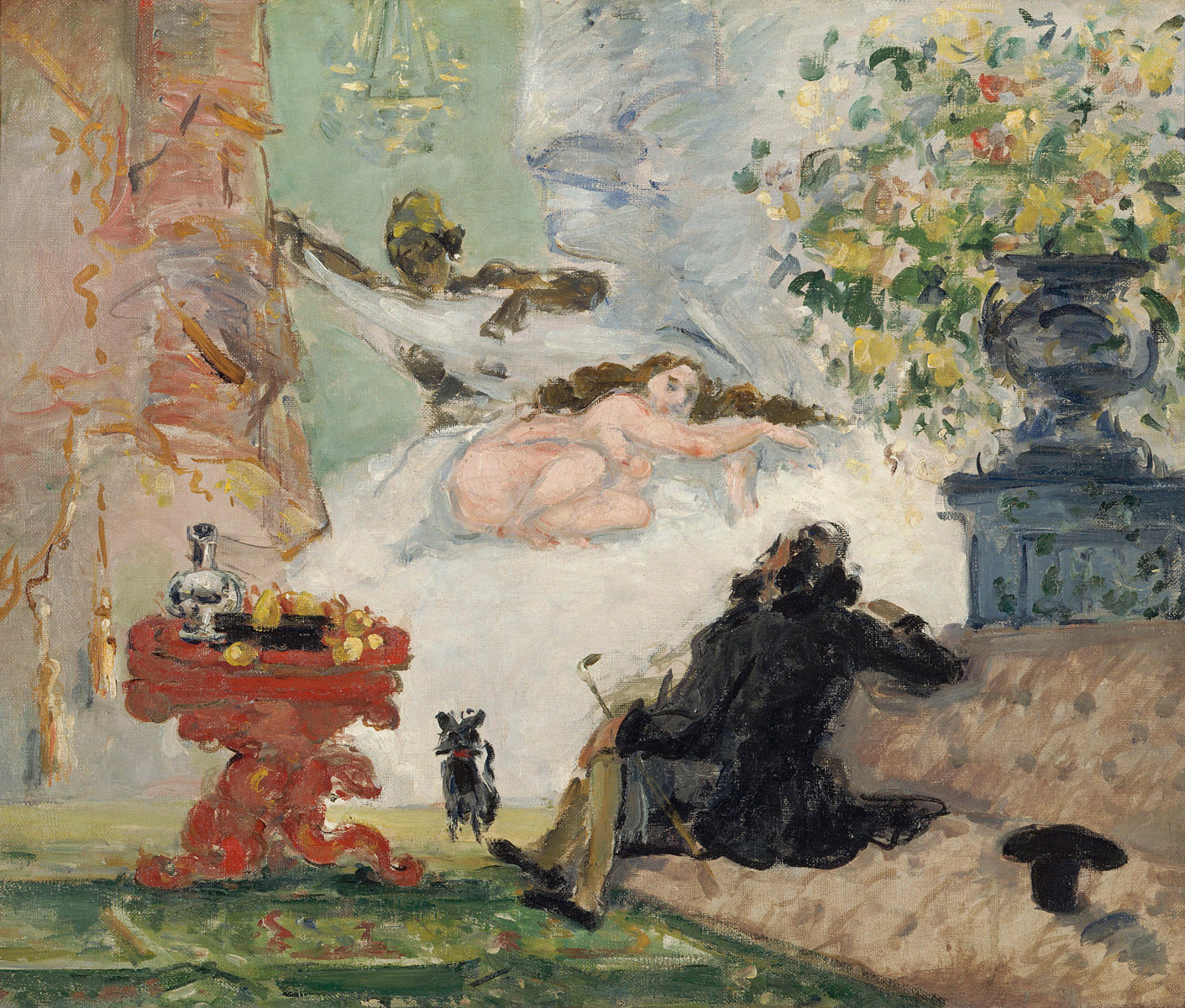
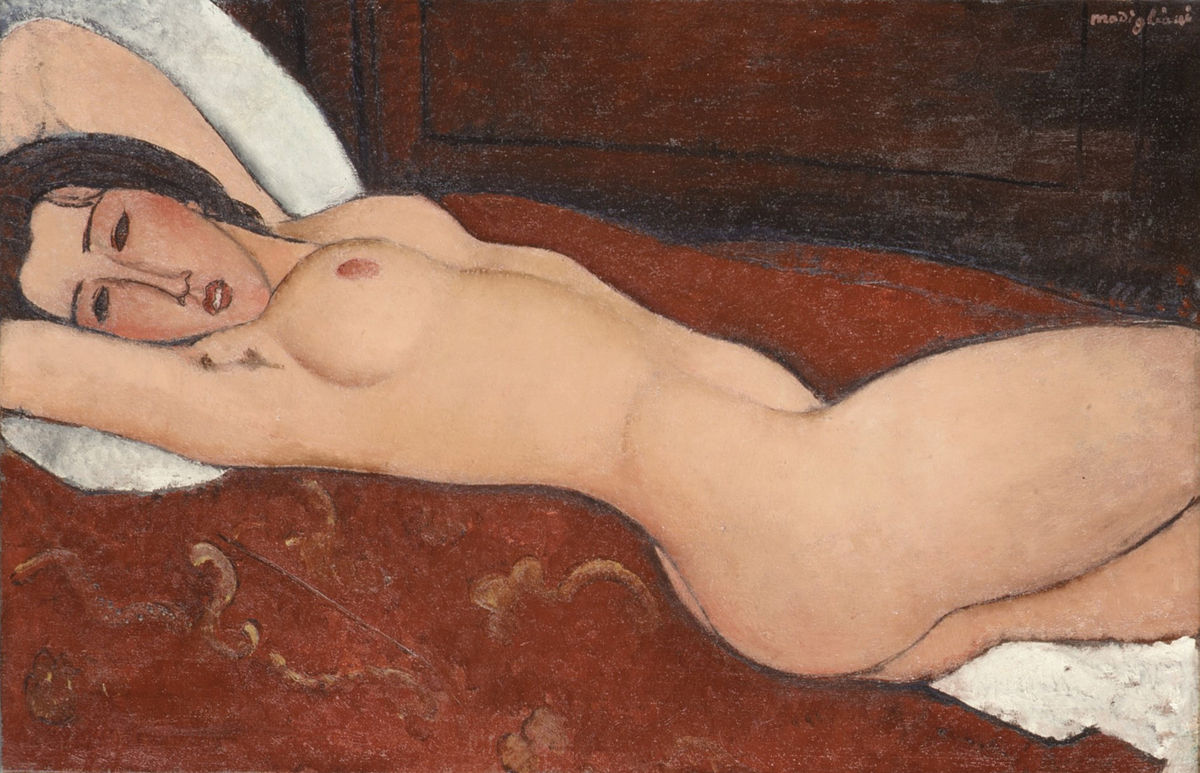
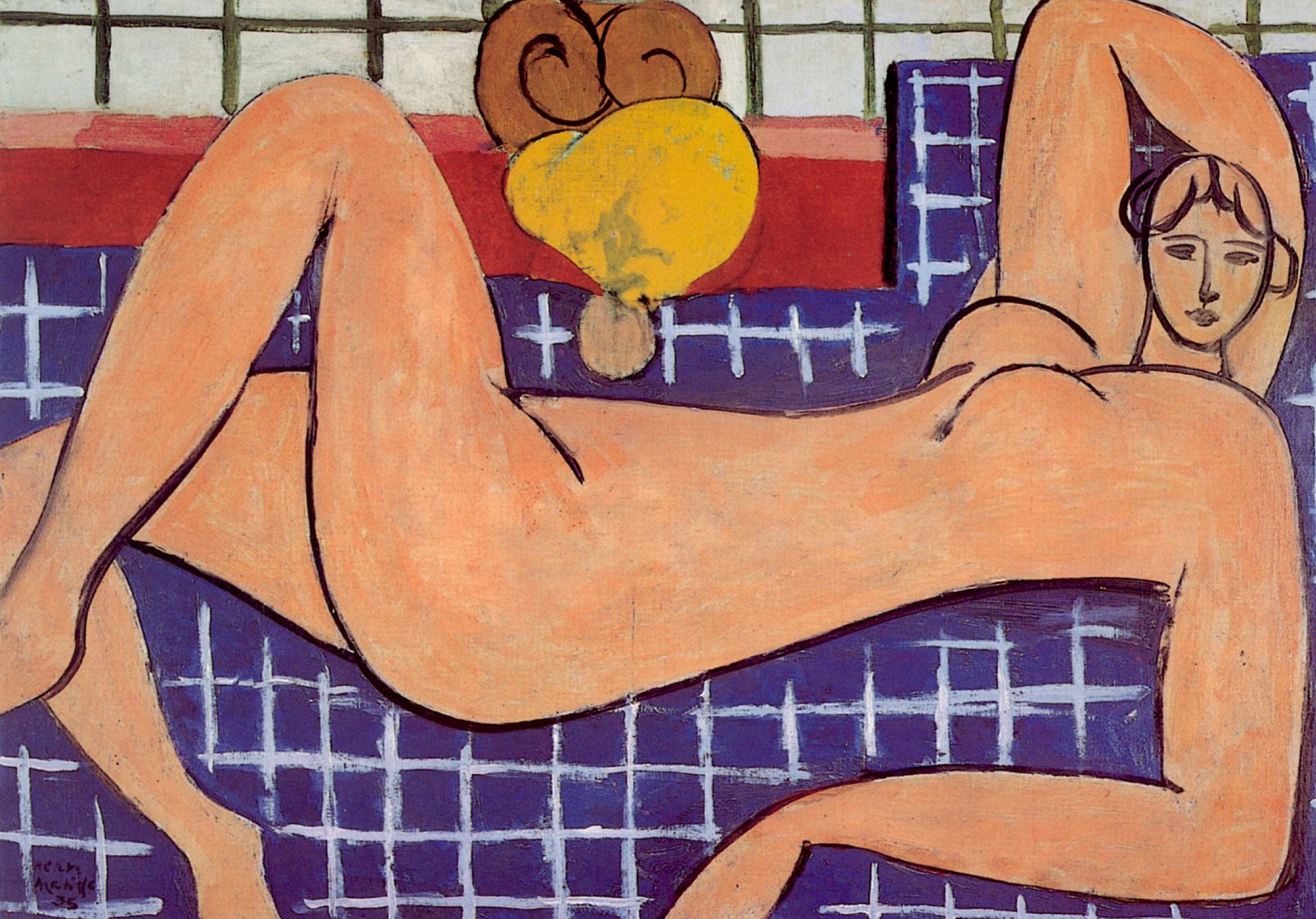
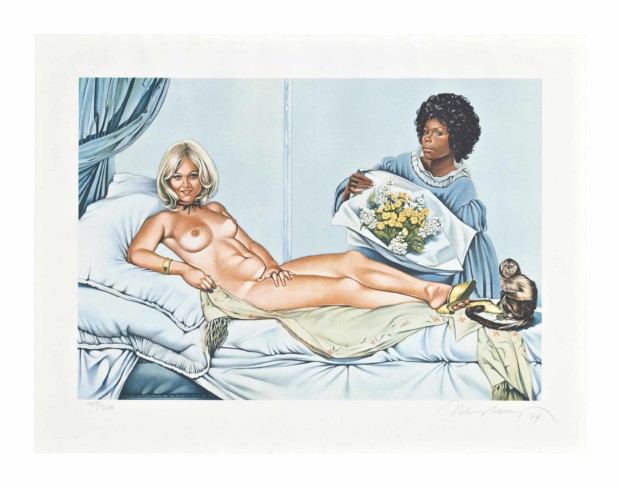
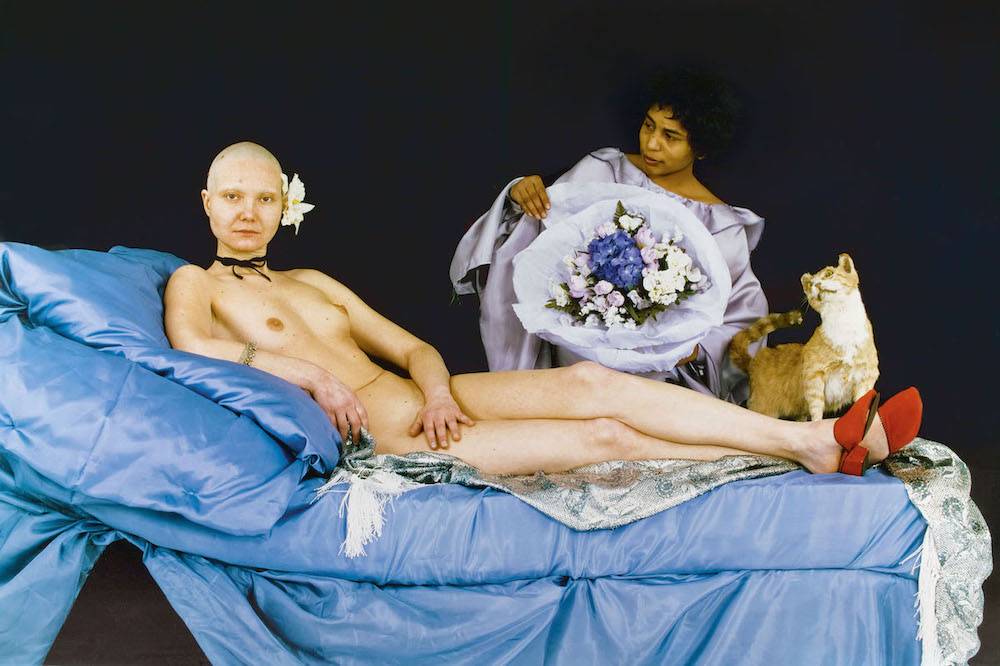
DailyArt Magazine needs your support. Every contribution, however big or small, is very valuable for our future. Thanks to it, we will be able to sustain and grow the Magazine. Thank you for your help!